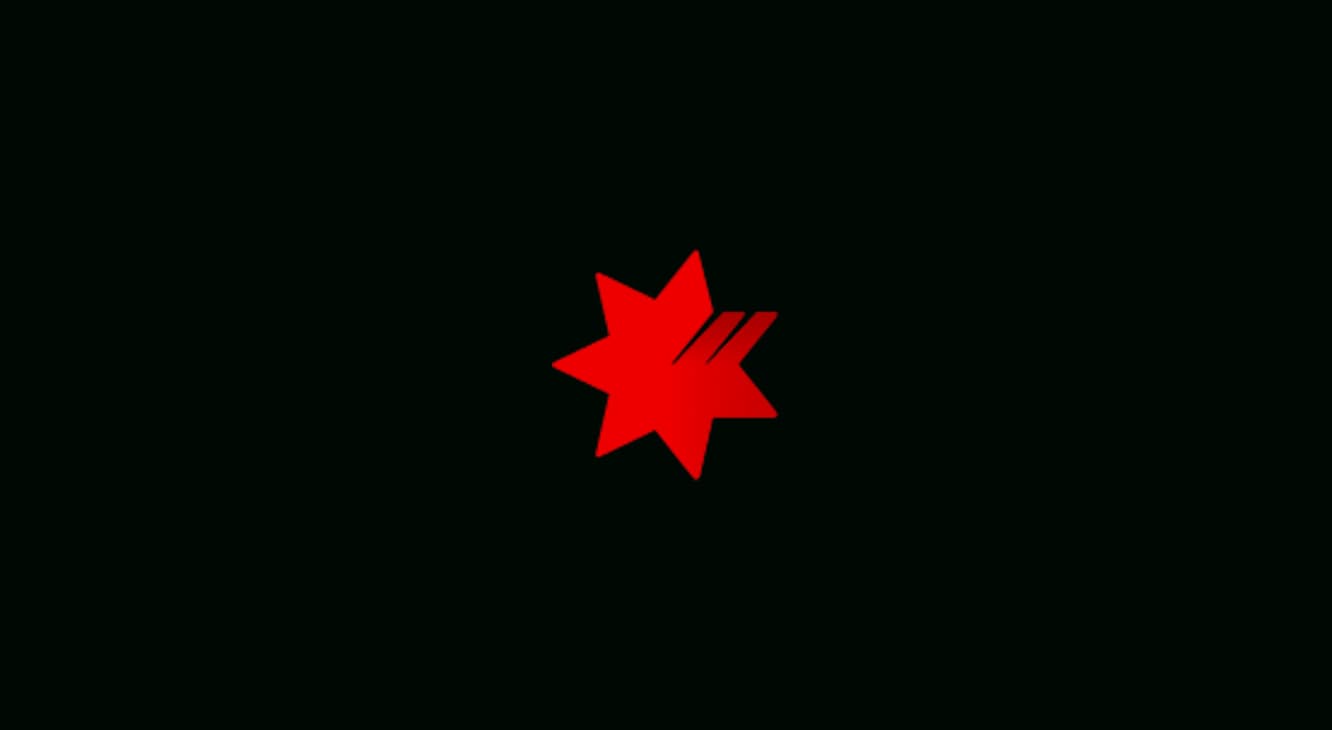NAB’s Wellbeing Index rebounded solidly in the June quarter, after falling to its lowest point in the history of the survey. Pressures remain. But the effort required has eased.


Report
While the 24-hour news cycle may talk down Australia’s transition from a commodity to service economy, the figures tell a different, and very positive, story.
The good news is Australia’s transition from a commodity- to a service-based economy is doing a lot better than most people think. NAB’s September 2016 Business Conditions and Confidence survey shows that while the mining sector is contracting and retail and wholesale have weakened in some areas, there is real strength in domestic personal recreational services, including local tourism. This sector accounts for one third of the economy and it is booming.
Taking into account trading, profits and sales, the current long-run average for business conditions is around +5 index points. In personal recreational services conditions averaged +18 in the third quarter. The other sectors doing particularly well are finance, property and business services (or real estate) which are sitting at about +17 index points, and construction, at +7 index points.
If we compare jobs by industry in 2008 with June 2016, manufacturing has lost about 160,000 jobs according to our data. Health and social assistance on the other hand, essentially private sector health, has added around 480,000 jobs. This sector is responsible for around 1.8 million jobs nationally while manufacturing doesn’t reach one million. Mining may be 9 per cent of GDP but it accounts for just 2 per cent of jobs. After health, the next biggest job increase areas are scientific and professionals, followed by education and training.
Unsurprisingly, when broken down by states, what we see is the reverse of the commodities boom. In 2016, New South Wales has seen business conditions average +16 index points. Victoria is +13 and the other mainland states tend to be around the +5 mark, except for Western Australia, which is -7 index points. In Western Australia, which is still in commodities mode, we expect a lot of employment to go when the liquefied natural gas (LNG) platforms are built; the rough rule is 14 people to build a platform and just one to run it.
The service sectors that are booming can be divided along discretionary and non-discretionary spend lines. Most Australians will purchase anything they think they have to – and often that means services rather than ‘things’. Education and health are the strongest performers, and it’s no coincidence that they’re considered non-negotiable purchases for most Australians. Utilities are the same: you may complain that your power bill has gone through the roof but you will pay it.
Our biggest exported service is still tourism, mainly people coming from China to Australia. However, education is in the mix and growing with Chinese and other Asian nationalities coming to be educated and, while here, buying property. That trajectory shows no sign of slowing.
Going forward, the Asian market is particularly interested in Australian health as well as education services. NAB’s survey suggests conditions in consumer services are averaging around +18 index points. However, for those in private sector pure health, business conditions are closer to +40.
Most Western economies are making the same transitions as Australia. In the United States, health is where most jobs are being created and China is moving in a similar direction.
Broken into three sectors, China’s primary production stands at about 10.5 per cent (Australia’s is 1.5 per cent) of GDP. Its secondary industries, including manufacturing and industrial production, used to be almost 50 per cent but today are nearer 40 per cent. And its tertiary, or service, sector was 40 per cent but is now over 50 per cent. It’s clear that China has that same driver out of industrial production into the service sector as Western economies.
Here in Australia, while in some sectors and regions there is lag and times have been tough, the transition story is generally working well.
This article was first published in Business View magazine (Issue 22).
© National Australia Bank Limited. ABN 12 004 044 937 AFSL and Australian Credit Licence 230686.